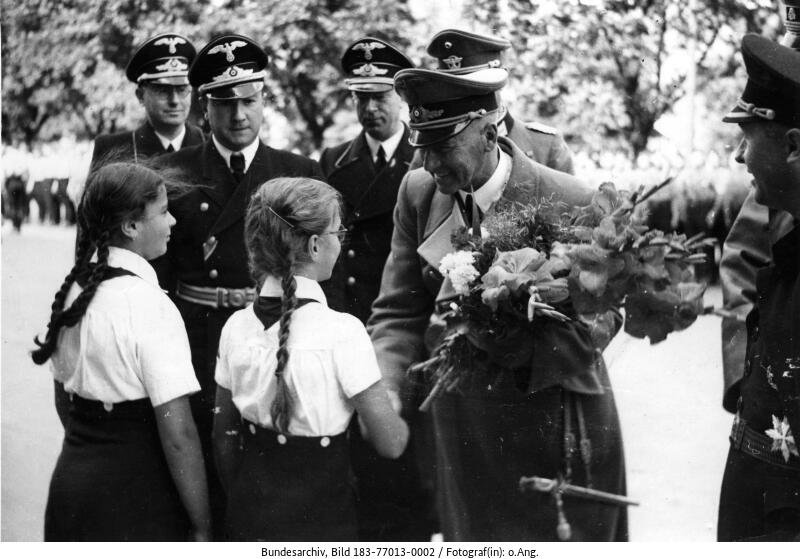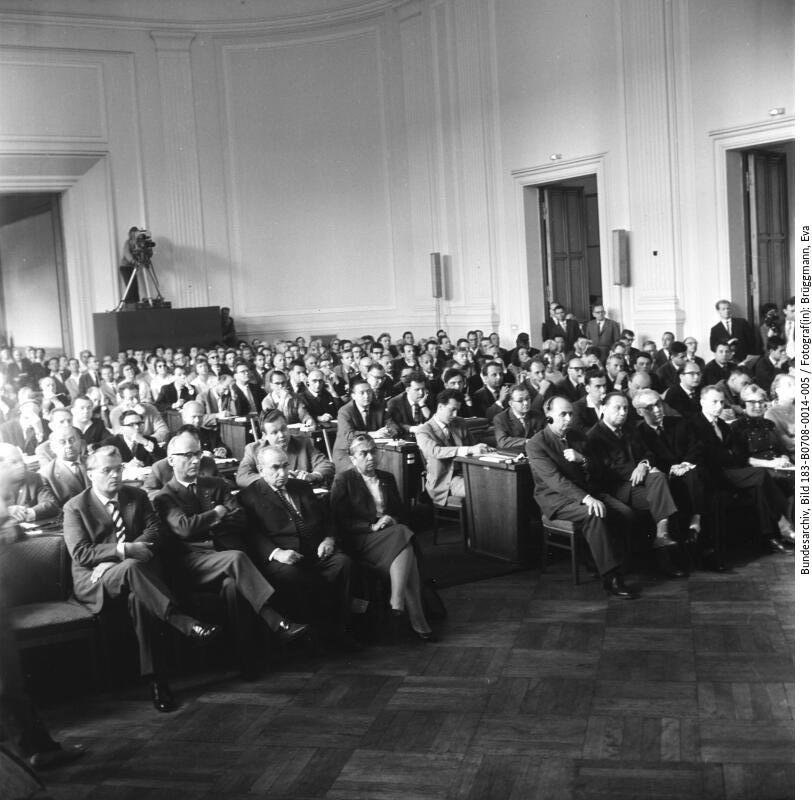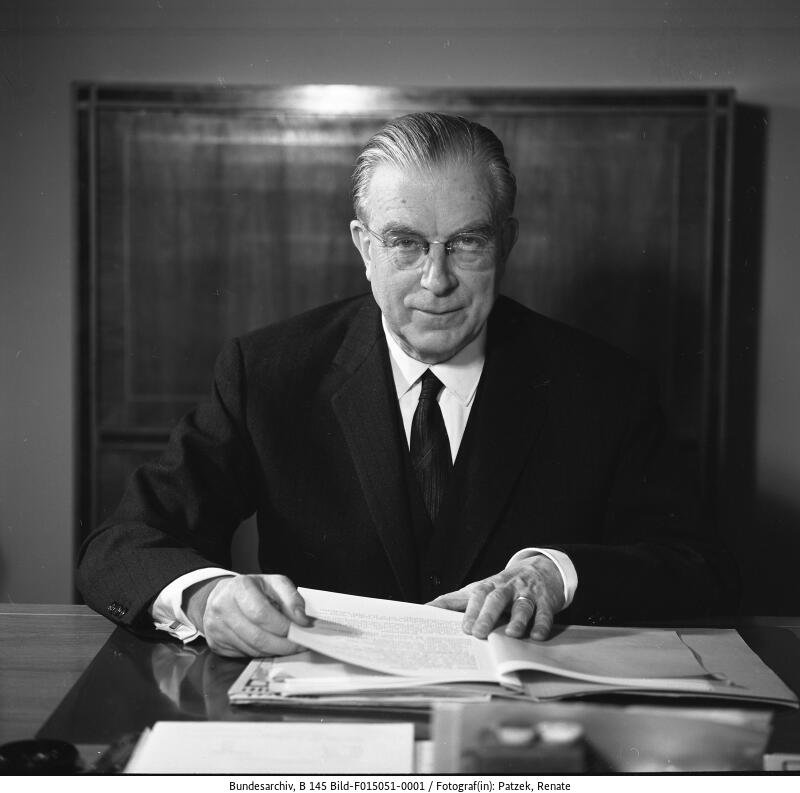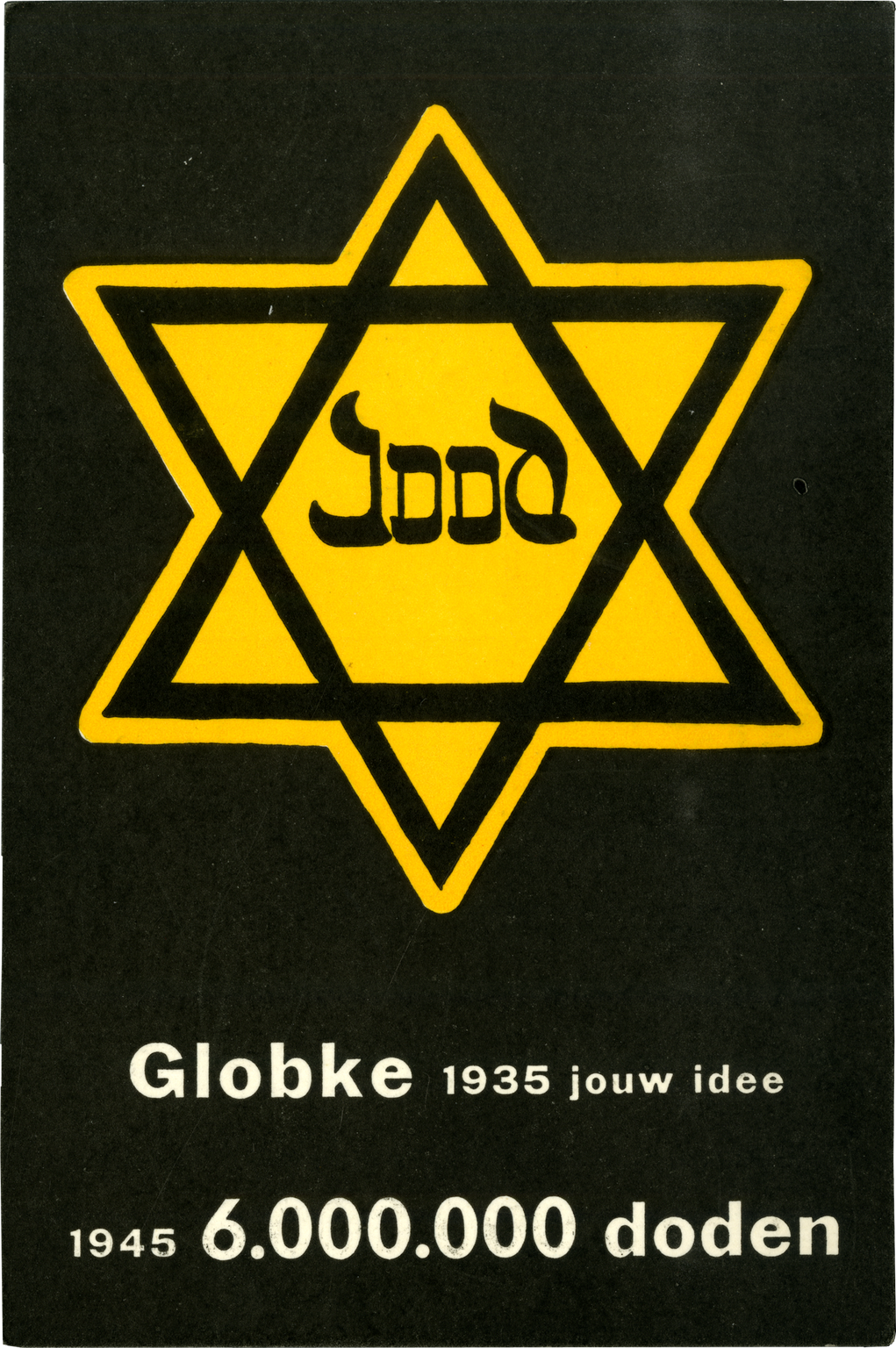The trial against Hans Globke, the highest-ranking civil servant in the West German government, started in the German Democratic Republic in 1963. In the 1930, Globke had worked as a lawyer on Nazi laws that gave Hitler more power and that discriminated against Jews. In 1935, he was involved in drafting the Nuremberg Racial Laws, which officially turned German Jews into second-class citizens.
Globke was not present at his trial, but he was convicted and sentenced to life in a house of correction. Because he did not live in the GDR, and because West Germany did not recognise the trial, he was never extradited and remained an advisor to Chancellor Konrad Adenauer.
Globke was never a member of the NSDAP. He later claimed to have been in a resistance group and to have ‘prevented worse’ by cooperating on the Racial Laws. This is doubtful, but shortly after the war, he was not convicted. Like many other Nazi officials, former Nazis, and followers, he went to work for the new German government. Germany did, after all, need experienced officials. As a result, Nazi crimes were not always prosecuted. Globke quickly rose in the ranks of the new government. By the time of the trial, he was secretary general to the Chancellor and head of a secret service.
The GDR’s trial of Globke was a show trial. The East German government wanted to embarrass the West German government by demonstrating that the GDR represented the good, anti-fascist Germany, while the West-German government consisted of Nazis. But in reality, former Nazis returned to all sorts of positions in government, education, and the secret service, even in East Germany.



